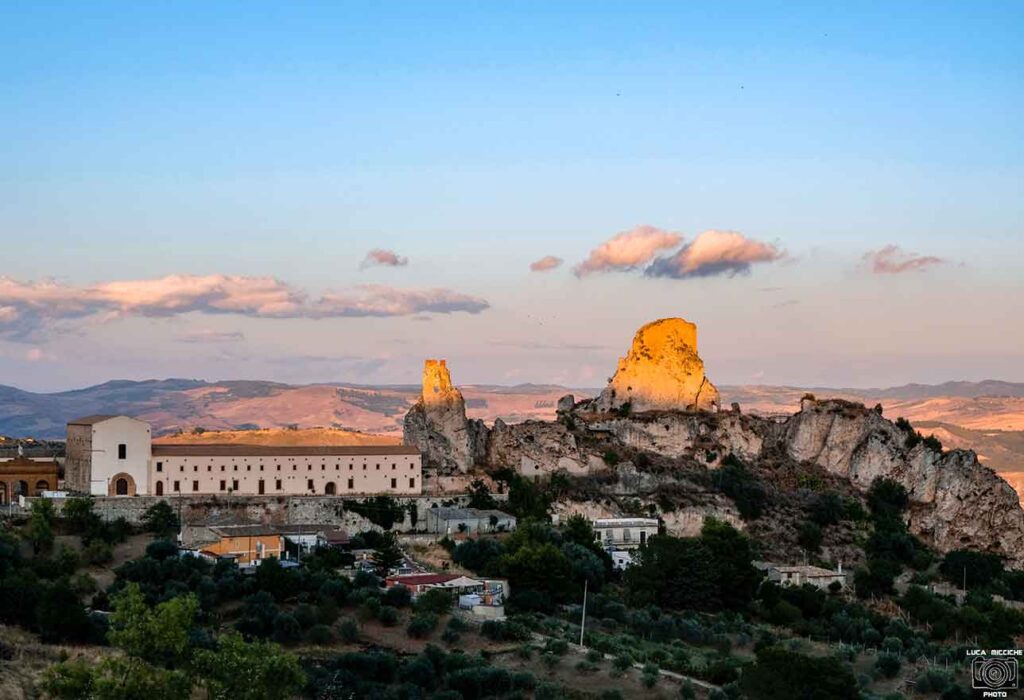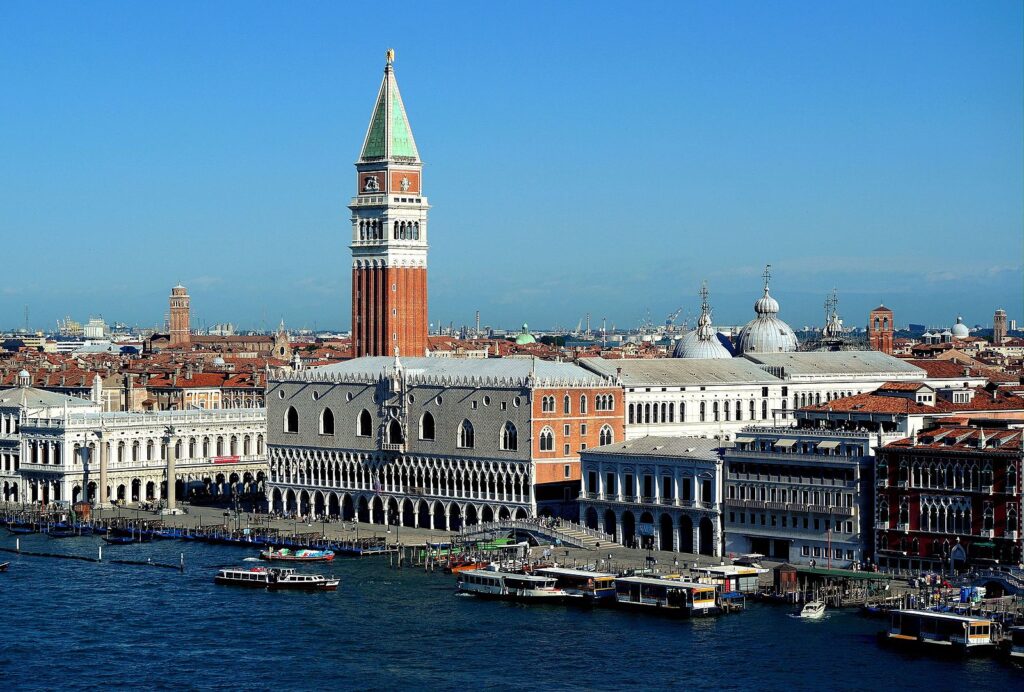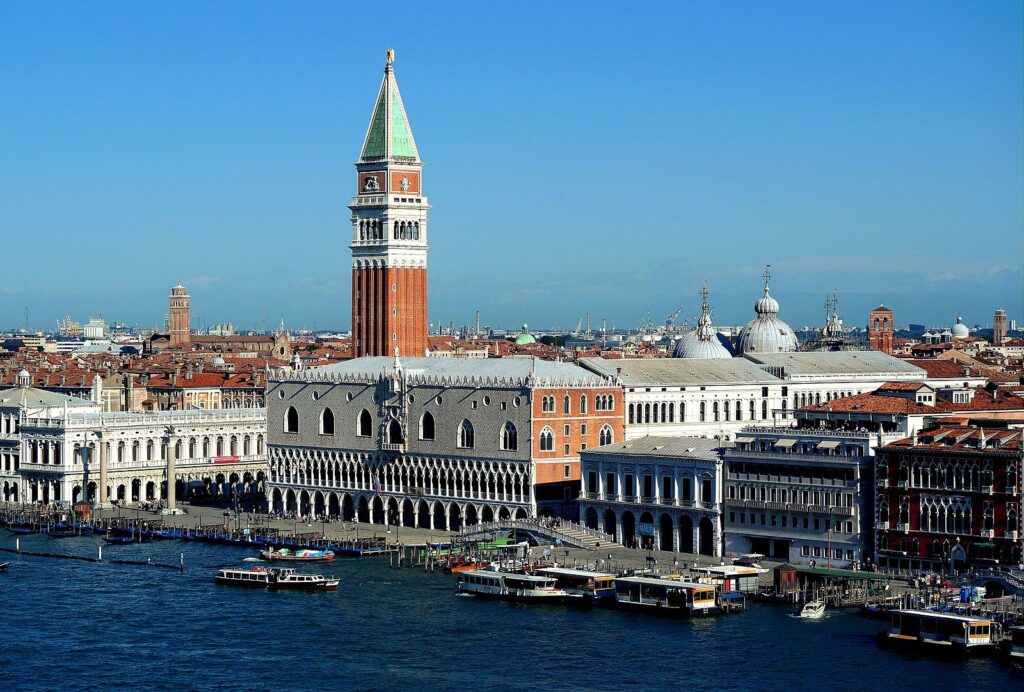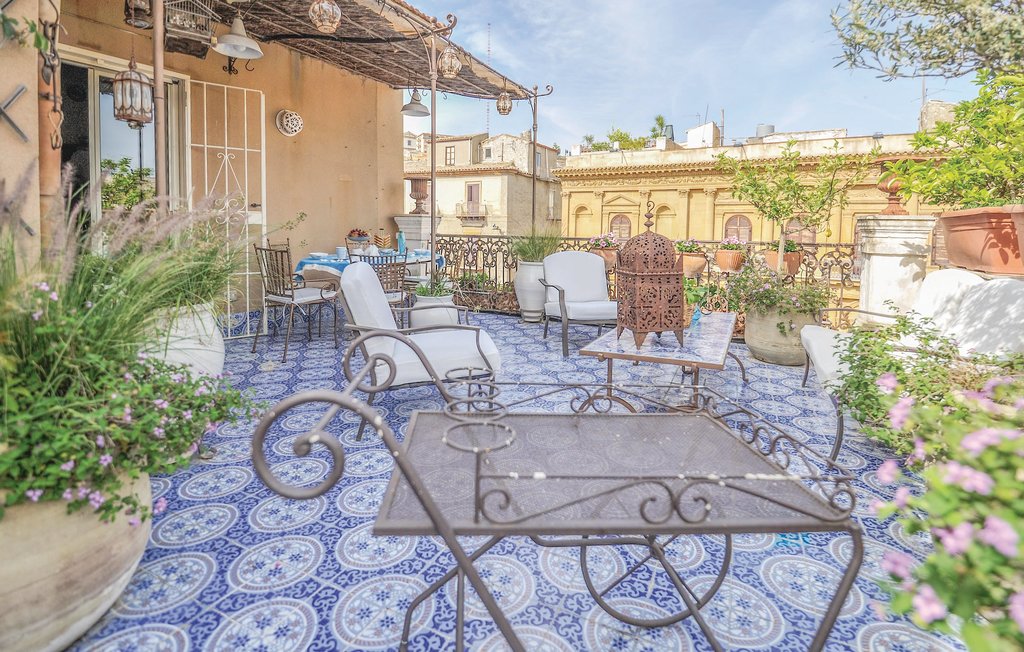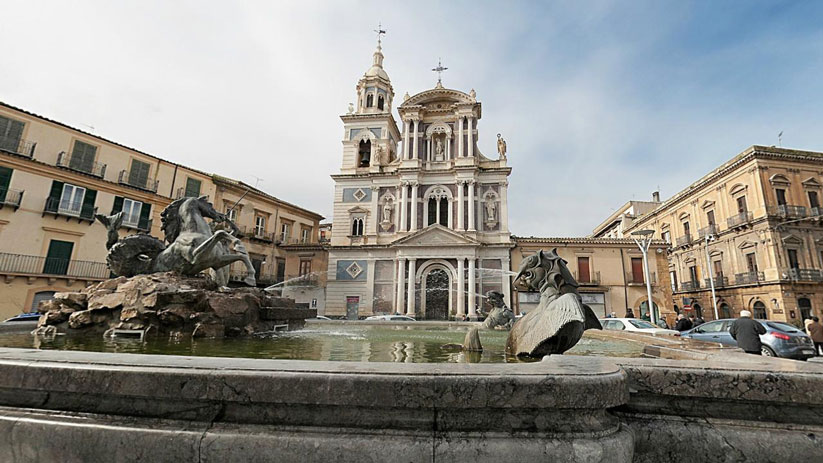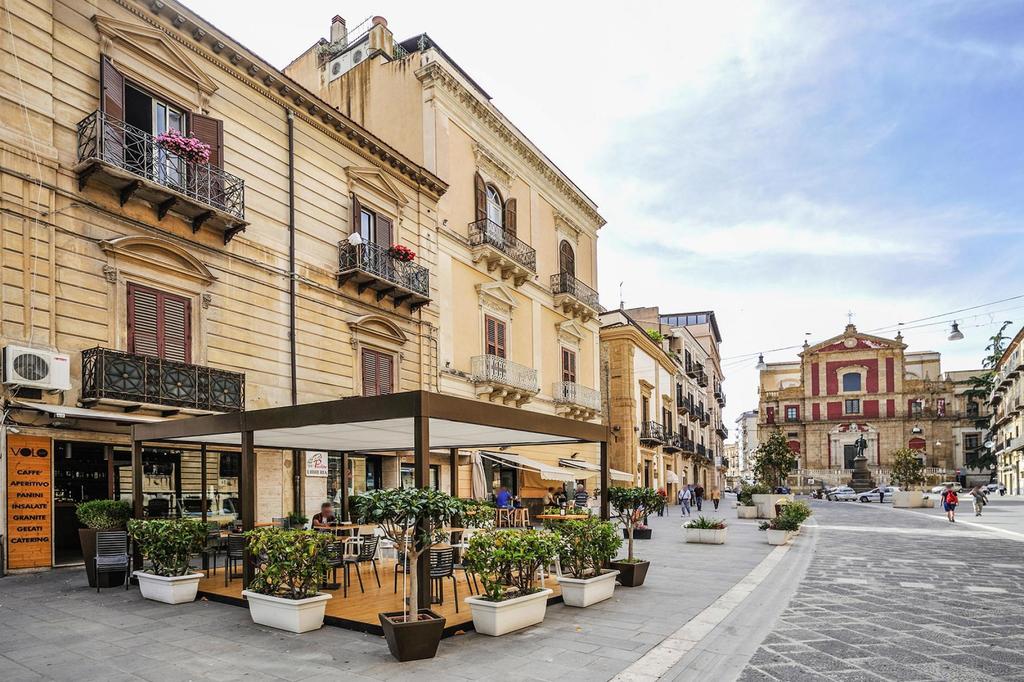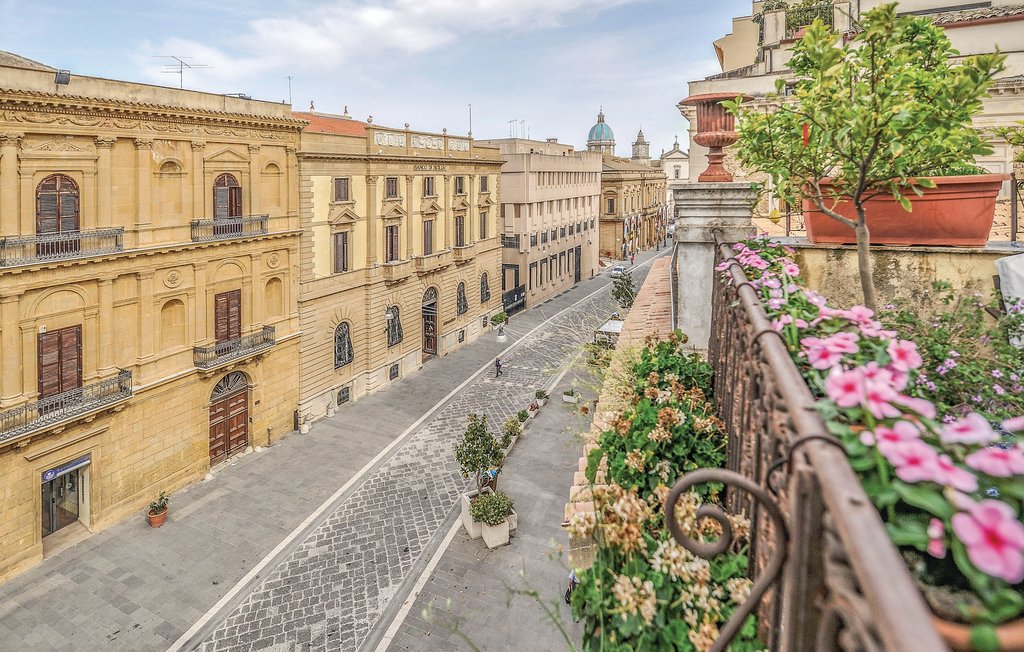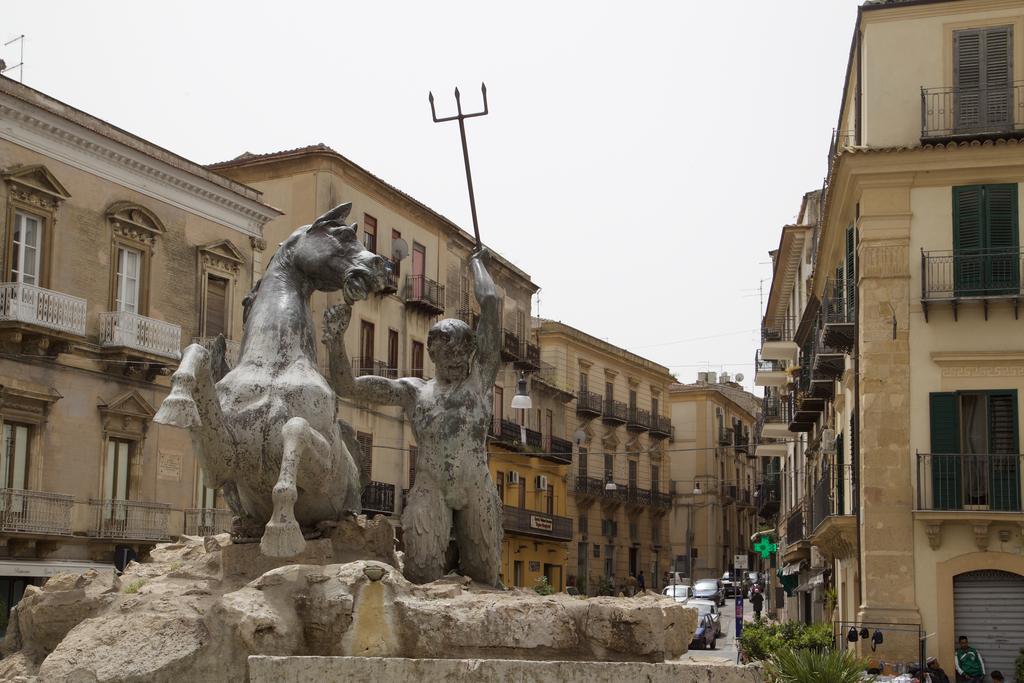Caltanissetta is a modern and intriguing city, as well as the largest inland town in terms of population. Together with the major religious buildings,aristocratic palaces are imposed, a tangible sign of the importance Caltanissetta heldin the past. Its name is derived from the Arabic “Qal-atnisa”, which means the Castle of women.
Caltanissetta is a comune in the central interior of Sicily, Italy, and the capital of the Province of Caltanissetta. Its inhabitants are called Nisseni.
In 2017, the city had a population of 62,797. It is the 14th largest comune in Italy measured by area, the sixth highest comune in Italy by elevation (568 m), the second highest elevation in Sicily after the city of Enna (912 m).
HIGHLIGHTS
Territory
Caltanissetta dominates the whole valley of the river Salso, which extends to include the nearby Enna. Morphologically it matches the surrounding area, very harsh and composed of limestone and clay. The city lies between three hills (Sant’Anna, Monte San Giuliano, and Poggio Sant’Elia), which form a basin which comprise part of the historical centre and South.
The Maccalube of Terrapellata
The Maccalube are a particularly rare phenomenon of sedimentary volcanism occurring in the Terrapellata area of Caltanissetta, the so-called Hill of the Volcanoes, near the village of Santa Barbara. This is an area of barren hills, with a colour ranging from white to dark grey, where mud volcanoes of around one meter in height rest on volcanic sediment. The phenomenon is related to the presence of extensive underground clay deposits, interspersed with layers of salt water. Maccaluba is created by ejection of methane gas bubbles under pressure. When gas breaks through the clay deposits, it creates channels as it rises to the surface. These channels permit the clay sediment and water to travel, especially when they are pressured from beneath. The consistency of the soft clay and water ‘sludge’ erupting as a mixture then forms a clay cone on the surface, the top of which is similar in appearance to a volcanic crater. These formations remains soft for some time, unlike the igneous rock eruptions and cones often associated with volcanoes such as Mount Etna.
Economy
Caltanissetta’s economy remained heavily reliant on agriculture until the 19th century, when sulfur mining industry began extensively. 275 sulfur mines were created in the province, employing 32,000 workers.
Fratelli Averna SpA, a firm in the city, produces the Amaro Averna, a liqueur sold throughout Italy and beyond.
Nevertheless, Caltanissetta has long been stricken by poverty, especially its West side.
Main sights
The city’s monuments include:
- The Palazzo Moncada, erected in 1635 by the Count Guglielmo Moncadaa. This was not completed as Guglielmo left Sicily upon his appointment as Viceroy of Valencia. The façade is finely decorated with noteworthy friezes, in zoomorphic and anthropomorphic baroque styles.
Interior of the Cathedral, with a series of frescoes by the Flemish painter Guglielmo Borremans (1722).
- The Cathedral of Santa Maria la Nova, built between the years 1560–1620, was opened to the public in 1622. The façade was only completed in the year 1840. The church has a late-Renaissance appearance that breaks the characteristic Baroque mold usual to Sicily. The interior features frescoes by Guglielmo Borremans, who worked there from 1722. Other works include a wooden Blessed Virgin draped with silver lamina (1760) and a poly-chromatic wooden statue of St. Michael the Archangel by the sculptor Stefano Li Volsi, which is located in a large aisle chapel, along with two marble statues portraying Archangels Gabriel and Raphael, sculpted by Vincenzo Vitaliano. The Treasury houses a fine silver monstrance from the 15th century.
- The Church of St. Agatha at College with its poly-chromatic marble was built between 1600 and 1610, in late-Renaissance style, on the site of a previous church, which had also been dedicated to St. Agatha. The façade was created by Natale Masuccio, and is decorated with frameworks on a light coloured background. It has a Greek cross plant, with splendid Baroque decorations including frescoes by Luigi Borremans (18th century). The work on the adjacent Jesuit College began in 1589 and were completed in the second half of the 19th century.
The façade of the Church of San Sebastiano in the foreground with the Triton Fountain.
- The Church of San Sebastiano dates from the 16th century and is located in Piazza Garibaldi, in front of the Cathedral. It was built as a tribute to said Saint by the people in gratitude for deliverance from the plague. In 1711 it was altered along its whole length to make space for the Piazza Garibaldi. As a result, a new façade was designed by Pasquale Saetta in the late 19th century. It is embellished with columns employing all three classical architectural orders: Doric bases, Ionicin central sections and Corinthian crowns. There are also niches containing statues of the sculptor Francesco Biangardi, who worked in Caltanissetta during the late 19th century. The centre sculptures represent the saints Peter and Paul; the upper band shows San Sebastian pierced with arrows, being created in memory of his martyrdom.
- The Church of San Domenico, (16th century, with a convex façade from the 18th century), houses noteworthy paintings by Guglielmo Borremans and Filippo Paladini‘s (Madonna del Rosario). Paladini’s painting depicting the Madonna del Carmelo is now situated in the Cathedral.
- The Palazzo Vescovile (“Bishop’s Palace”) is the seat of the Museum of Sacred Art. It has a painting by Gian Battista Corradini of the Madonna del Rosario (1614).
- The Church of the Santa Croce (“Holy Cross”) dates originally from the 17th century, though substantially altered since.
Caltanissetta has three museums: the Diocesan Museum; the Mineralogical Museum; the Regional Archeological Museum. The latter holds displays mostly from prehistoric times and includes finds from archeological digs conducted in the 1950s. These include vases and tools from the Bronze Age, and early Sicilian ceramics.
One of Sicily’s nine provincial capitals, Caltanissetta is the largest city in the area. If you find yourself passing through, there’s a fine central piazza to wander and, in the suburbs, a mildly interesting archaeological museum. Otherwise, Caltanissetta is a scruffy, workaday place with little obvious appeal.
Sites in the neighbourhood of Caltanissetta include:
- The Castle of Pietrarossa (“Red Stone Castle”), built using, as its name suggests, largely red stones, dominates the city and the whole Salso River valley from the edge of the ravine upon which it stands. Originally assumed to have been built at the time of Arab rule, it is currently generally accepted that the castle was built by the Byzantines between 750 and 800 AD. During the Middle Ages the castle was a strategic stronghold. Around the end of the 11th century the tomb of Queen Adelasia, niece of the Norman King Roger I, was placed here. In 1378 a Parliament of The Barons was held there, to name the four vicars that were to govern Sicily (Government of the (Four Vicars) Benevento – Quattri Vicari, 1377-1410).
1407 saw the castle become the property of the Moncada family from Spain, and thus began the Castle’s subsequent period of decline. Having been deemed unsuitable as a noble residence, it was used only for military functions. At the end of the 15th century, the castle dungeons were used as prisons. In 1567 a strong earthquake caused the collapse of the castle. Only the ruins of two towers, still visible today, remained standing.
- The Abbey of the Santo Spirito (Holy Spirit), built by the Norman Count Ruggero and his wife Queen Adelasia in 1092–1098, was consecrated in 1153. It has been greatly altered in subsequent centuries. The original outlines are still identifiable to the rear, where its characteristic massive jutting apses can be seen. These are separated by flat pilasters and connected by a series of small arches. The left-hand entrance has an ogival portal from the 13th century. The lunette once contained a figure of Christ Blessing, which was eventually moved inside the Abbey. Notable are the rectangular nave and wooden-beamed ceiling. The walls and the apses have frescoes attributed to the 14th century.[5] The vault of the apse shows a 17th-century figure of Christ Pantocrator.
- The Archeological Park of Gibil Gabib, on a hill near the city, contains, amongst other things, the defense tower and parts of the perimeter walls dating back to the 6th century.
THE MUSEUMS IN CALTANISSETTA
The Archaeological Museum of Caltanissetta, about 3 km from the center, has been housed since 2004 on Via Santo Spirito. Until 1993, the Civic Museum guarded artifacts from sites of Caltanissetta (Pietrarossa, San Giuliano, Palmintelli) and the nearby areas, like Mazarin and Contrada Sabucina.
The exhibit is divided into 5 different areas in which archaeological finds ranging from the Copper Age (III millennium BC) until the sixth AD are displayed. Ornamental objects are mainly presented, made of ceramic and metal, as well as beautifully decorated containers and several statuettes of deities of the time.

